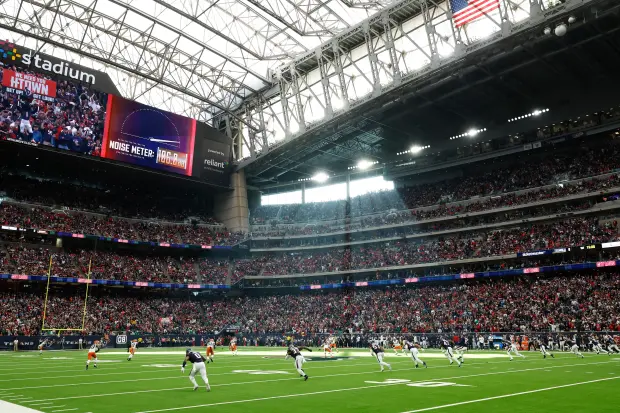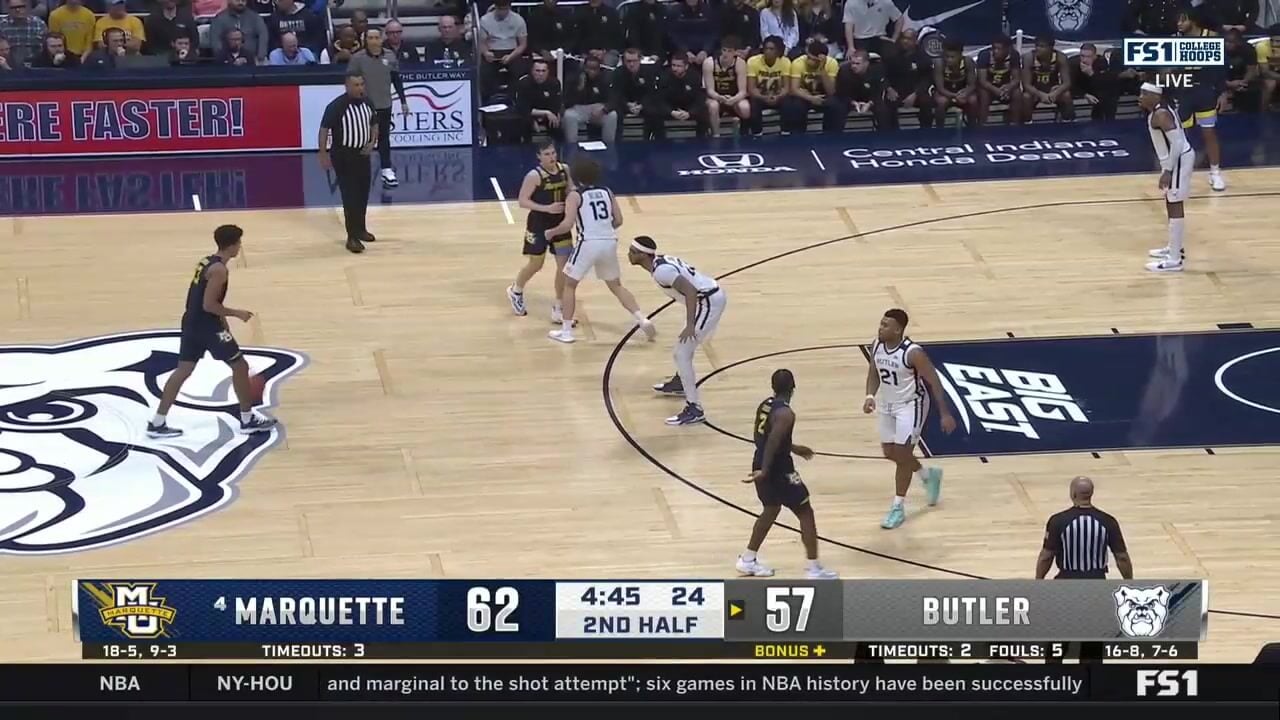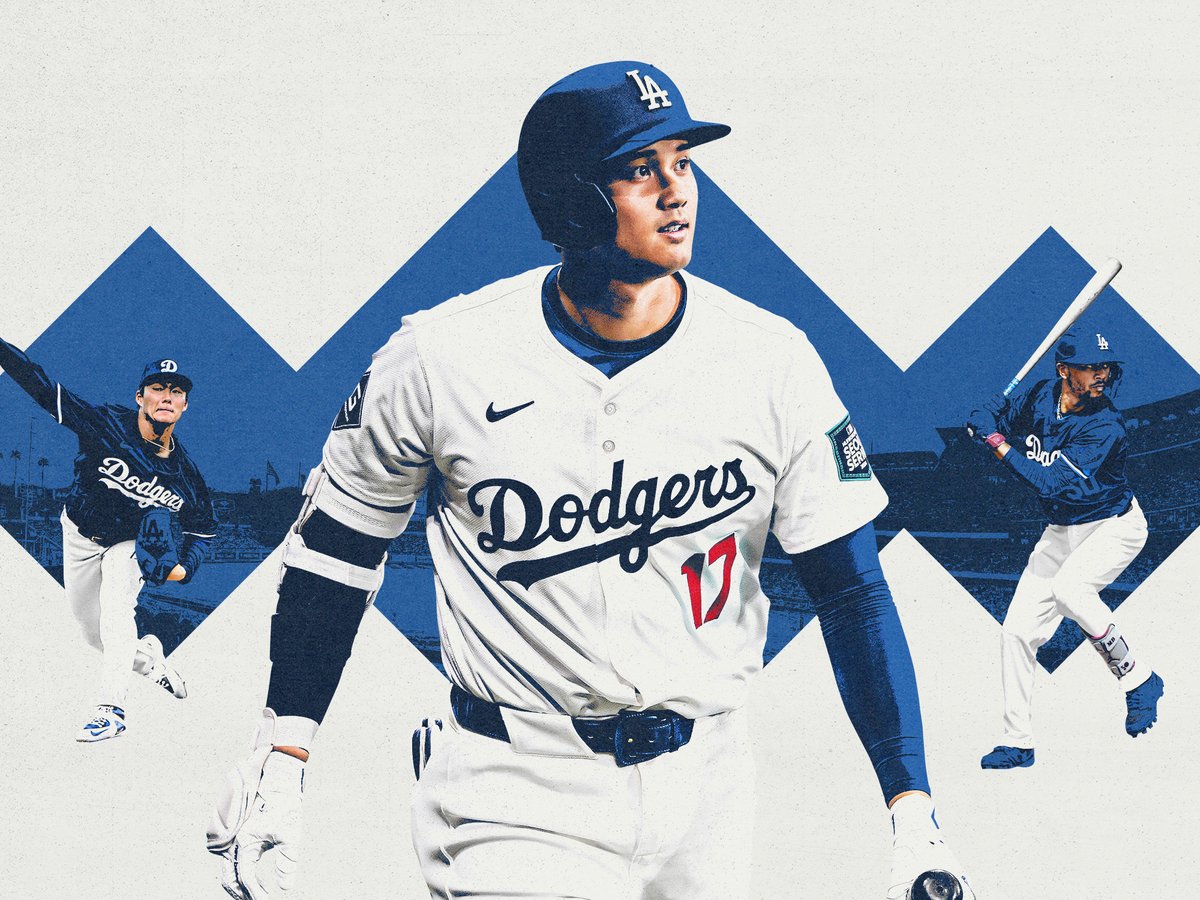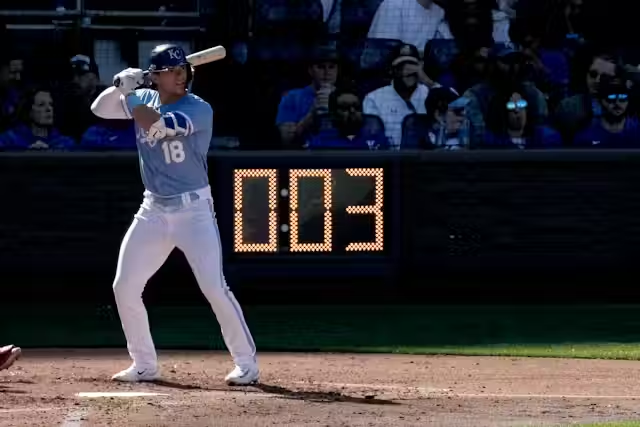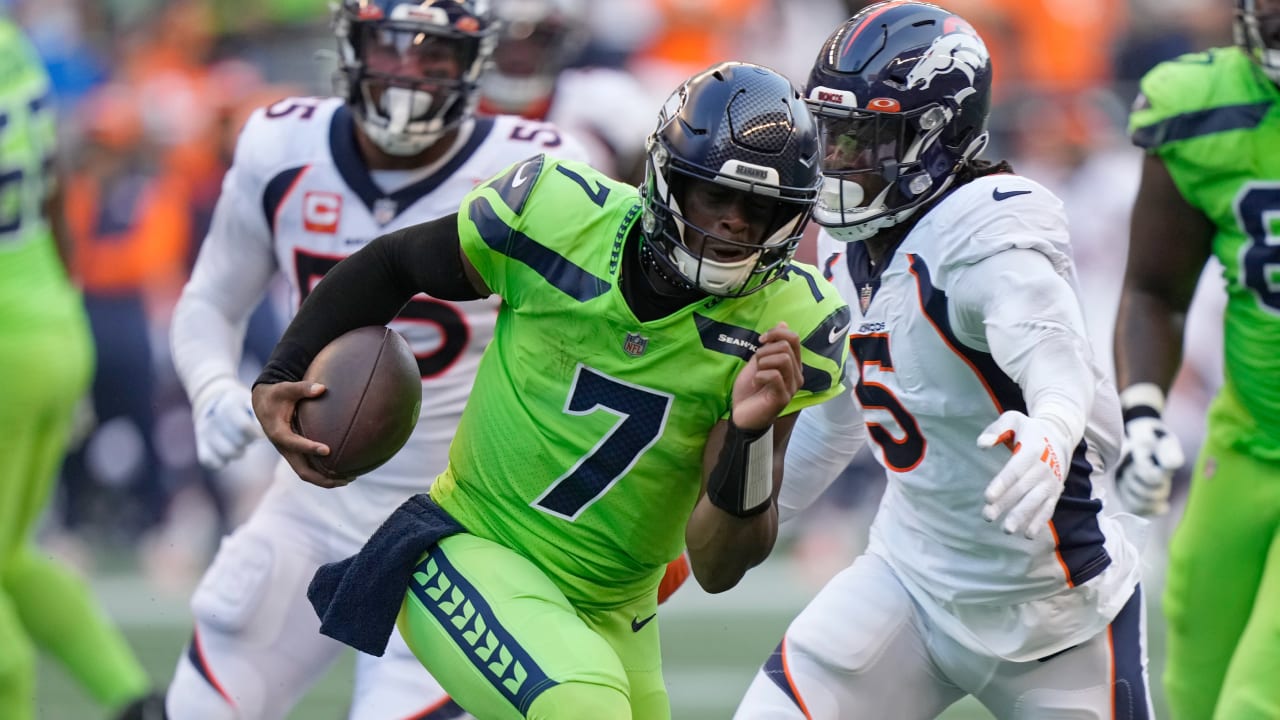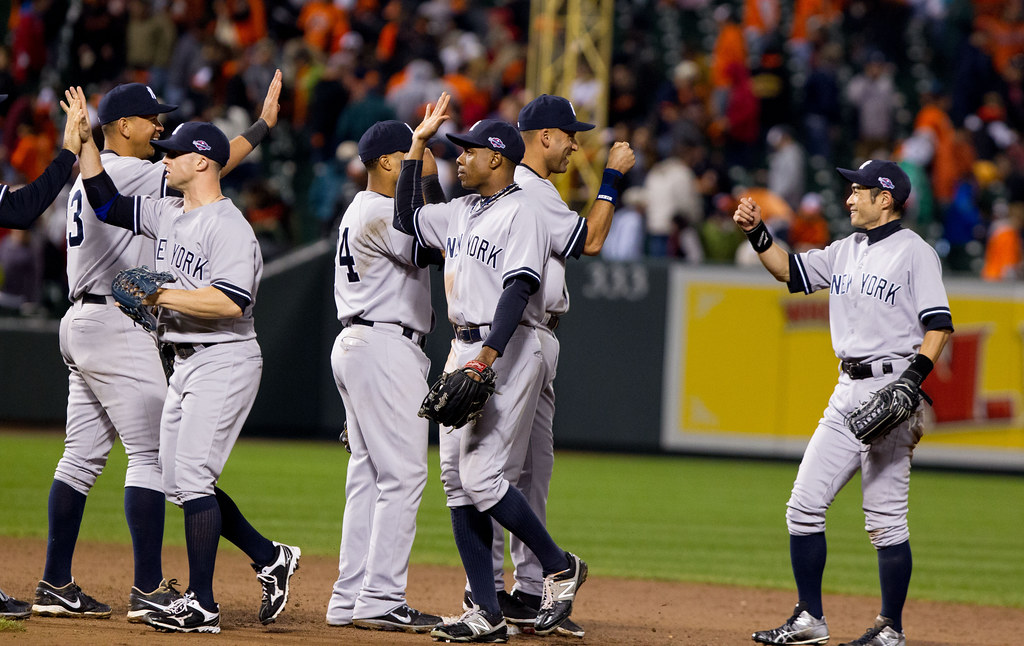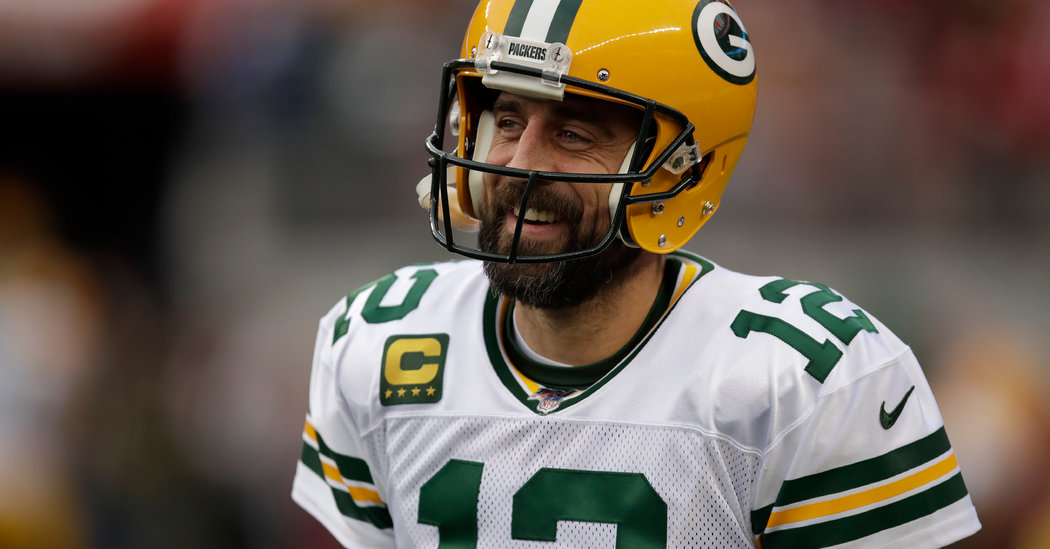
N.F.L. Players Split Over Revenue Share and Longer Season as C.B.A. Vote Looms
The fate of the N.F.L.’s proposed 10-year labor deal will reach a critical juncture this week. Though the players union’s executive committee and the 32 representatives from each team did not agree last week to endorse the proposal, the entire union membership is expected to begin voting this week on the far-reaching agreement.
As in most labor negotiations, the proposed collective bargaining agreement resulted from a series of compromises, calculations and competing priorities. The calculus is compounded by the makeup of the roughly 2,000 N.F.L. players who will vote, a much more difficult membership to wrangle than the N.F.L.’s team owners, who quickly approved the proposal in late February.
While highly paid veteran stars like Aaron Rodgers and Richard Sherman oppose the deal, the two-thirds of N.F.L. players with contracts at or near the league’s minimum salary see the deal’s pros and cons very differently. Only a simple majority is needed to ratify the 400-page agreement.
The N.F.L. Players Association distributed an eight-page list of the proposal’s highlights to agents last week, aimed at simplifying the economic implications of many weighty issues. Among the most divisive elements is the provision adding a 17th regular-season game, which many prominent players have opposed as a health risk.
To make the deal more palatable, owners proposed expanding rosters and practice squads, reducing the number of padded practices and raising minimum salaries, concessions that might win over rank-and-file players. Last week, the owners also removed their demand that players receive no more than $250,000 for a 17th game, a cap that highly paid players had rejected.
Even with the gradual concessions, talks among players have been fractious, with a lengthy meeting during last week’s scouting combine ending in a 17-14 vote among player reps to put the proposed C.B.A. to a vote of the general body. (One team representative abstained.) As players publicly and privately debate the deal that will define the next 10 years of operating procedure in the N.F.L., here are the key items in the current proposal that are sticking points, according to players, agents, sports lawyers and consultants for retired players:
The revenue split dissatisfies some players.
If the players accept the deal, they will receive 48 percent of the league’s revenue after deductions, starting in the 2020 season, about one percentage point more than the current 47-53 percent split with owners. That percentage point is worth about $150 million a year to the players, given the league’s current revenue of about $15 billion. If the regular season expands to 17 games, the players will receive an additional half a percentage point. The amount of shared revenue would rise another three-tenths of a percentage point if the value of the league’s broadcast contracts grows by 120 percent or more, a gain that cannot be counted on just yet.
Several players have questioned why the players will receive just an extra three-tenths of a percentage point if broadcast revenues grow by 120 percent, a jump estimated to be worth many billions of dollars.
Increased postseason pay is a slight improvement for stars.
Players’ contracts cover only what they earn during the regular season; in the postseason, all players are paid depending upon how their team performs. In the first year of the proposed C.B.A., each player on a team that plays in the wild-card round and goes on to win the Super Bowl would be paid $300,000, an increase of about 22 percent over the $245,000 such a player would have earned for this postseason. That is a substantial amount for a player on a rookie minimum contract earning just $31,000 per game during the regular season, but far less meaningful for a player like San Francisco 49ers quarterback Jimmy Garoppolo, who earns more than $1 million per game.
The number looks even smaller when considering that the proposed C.B.A. will add two postseason games, which the players’ union estimates will bring an additional $150 million into the league. The players will receive $70 million to $75 million of that windfall in the form of a higher salary cap, but the structure exposes the strange economics of the playoffs, as well as the divergent interests of highly paid and lowly paid players.
Minimum salaries will rise, in theory.
The union persuaded the owners to raise minimum salaries by more than 20 percent. But counterintuitively, this could lead to less money for some players. That’s because teams may push more players to sign “split contracts,” which pay one amount for weeks they are on an active roster (whether they suit up for the game or not) and a far lower amount for weeks when they are injured.
In the new deal, a rookie who signs a split contract for next season would receive a minimum salary of $610,000 prorated for the weeks he is on an active roster. For weeks when he is injured, his salary for purposes of proration would drop to $400,000. To offset the cost of the higher minimum salaries, teams may pressure rookies, free agents and older players to sign split contracts because they know such players have less leverage. So while the increase in minimum salaries is noteworthy, the practical effect may be less to celebrate.
Disability benefits could net less money for inactive players.
Given the brutal nature of the sport, hundreds of former players apply for disability benefits every year. Currently, some inactive players collect up to $135,000 year, or $11,250 a month, in disability benefits. If they also receive, say, $2,000 a month from Social Security, they collect $13,250 a month in disability payments. The N.F.L. wants to end that “double dipping” and reduce the players’ N.F.L. benefits by offsetting the amount they receive from Social Security.
So a player who now receives $11,250 from the N.F.L. and $2,000 from Social Security would see his football benefit fall to $9,250. The size of that N.F.L. benefit would shrink further over time as the player\'s Social Security disability benefit rose to account for the cost of living and as he started to receive his pension.
The league “is playing chess for 2025, when the honeymoon from this C.B.A. is over,” said Paul Scott, who runs Benefits Huddle, a company that helps former N.F.L. players acquire benefits. “That’s when the older players are going to feel the kick.”

